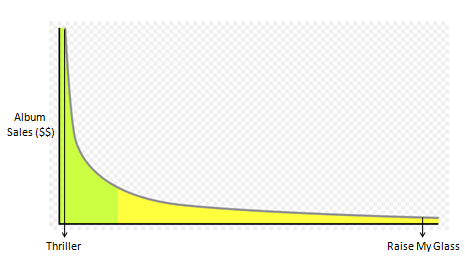I’m a member of most of the big social networks (Facebook, LinkedIn, Twitter, Google+, etc.). To me, the concept of online social networking is awesome. Connecting and socializing through the web is a wonderful concept. And it actually works pretty well in many ways.
It’s incredibly easy to share online; nearly every website has “Like” and “Tweet” buttons and most sites are pretty easy to use. And for the most part the people I want to share with are on the social networks I use.
But the thing that’s missing from online social networking, that makes it completely unlike real social interactions, is that there isn’t an easy way to share with discretion.
In the real world, using social discretion is extremely important and extremely easy to do. There are things that I tell my best friend at work that wouldn't interest my friend from high school's mother. There are things that I share with my high school friends that wouldn't interest my brother. So in the real world, I simply don't share things with people that don't care about them. This discretion is perhaps one of the most basic laws of social interaction. But it's nearly non-existent in online social networks. For the most part, when people share online, they share with everyone.
In the real world, sharing with everyone, without discretion, causes people to not like you. Online, the lack of an easy discretion tool causes two other problems:
- It creates a ton of "noise" -- unsolicited, superfluous information consumption
- It prevents people -- especially adults, I would argue -- from sharing more online
Both of these are huge problems for social networking, and they're the reason I don't share more online.
It turns out that Google+ has a great solution to these problems. They call it "Circles". Take a look at the video below, it's only a minute.
I think Circles is a brilliant concept that has the potential to massively grow usage of social networks. The challenge is of course that most people aren't on Google+ and I hear that ~80% of accounts are inactive. Another challenge is that it takes a lot of time to build your circles and many people may not be willing to do that work. Though I'm sure Google's technology and data could find a way to build Circles for you somewhat easily.
Regardless of whether or not Google+ takes off, the lack of discretion is the biggest problem with social networking and, in the long term, I'll be using the service that's easy to use, has the people I want to share with and facilitates simple discretion.



